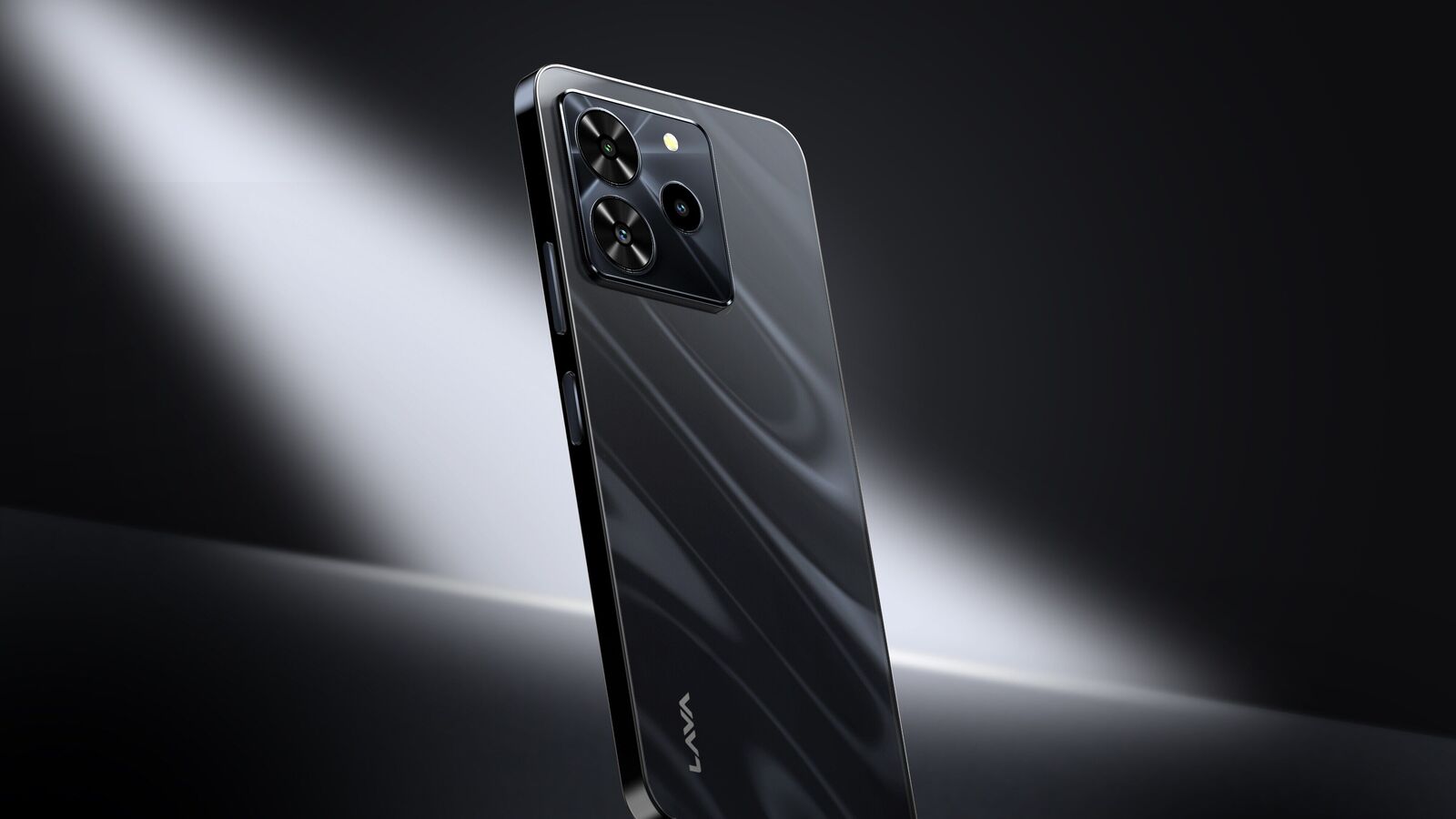Lava, which accounts for 1% of all smartphones sold in India, aims to capture 10% of the market within five years. Lava isn’t alone: of late, Indian brands Micromax, BPL and Onida are all seeing a slow uptick in sales and recognition again. What is leading to their return?
Also Read | Why Pakistan’s trade ban is more sound than fury
Is this comeback a sudden affair?
The return to favour of homegrown technology and electronics brands has been on the cards for more than five years now. Micromax, which in June 2014 had led the overall mobile phone sales in India just at the onset of a boom in smartphone sales, is plotting a return with multiple electronics categories, as per an industry executive. Lava, too, spoke about ramping up its market presence last month. In TVs, BPL has survived by licensing its brand name to an Indian manufacturer—Noida’s Videotex. Now, favourable government policies are aiding the brands with incentives, giving them an onus to return to market.
Also Read | IMF says the US will avoid a recession. How?
How long can the return last?
This is only the start. In 2014, Indian tech brands still had substantial market share. Now, India has a role in global manufacturing. Back then, most phones and other devices were assembled abroad, and imported here. Indian brands, unable to keep up with the low cost of Chinese manufacturing and innovation, had disappeared by 2017. Today, most smartphones are assembled locally, meaning the quality and cost of scale gaps are far lower. This gives Indian brands a more level playing field with global counterparts. Making tech components locally can help their case further.
Also Read | When the chips are down, can a rejig help Intel?
How big is the disparity right now?
In smartphones, Lava has a 1% market share, growing at a double-digit pace year-on-year. In TVs, Indian brands such as BPL and Onida account for less than 5% of the market, while more than half the market is covered by Chinese, Korean and Japanese brands even today. It’s only in smartwatches that homegrown brands enjoy a lead over global rivals.
Can Indian brands really compete?
The biggest differentiating factor is that foreign brands typically spend much more than Indian ones in research, design and patents, which gives them freedom of operation, higher margins, and the ability to appeal to users with different experiences. Indian brands have begun spending more on R&D and focusing on design and patents, but as per their own key executives, they’re still a far cry from global counterparts. Local brands must also get rid of a preconceived notion that anything they build should be “cheap”.
Will exports be on the cards if they grow?
It’s not impossible. Wearable brands such as Boat and Noise are selling in some foreign markets. But both are still based on low-margin manufacturing, without a class-leading patent the way Apple and others work. For smartphones, this could be an even more difficult task in a crowded market. To be sure, Micromax and Lava have their own product assembly lines through subsidiaries, giving them flexibility of cost. Exports won’t be out of the question, but expanding in the local market will be key before going global.
Mint Primer,Indian tech brands,Lava,smartphones,Micromax,BPL,Onida
#Mint #Primer #Return #Indian #tech #brands #real #time

